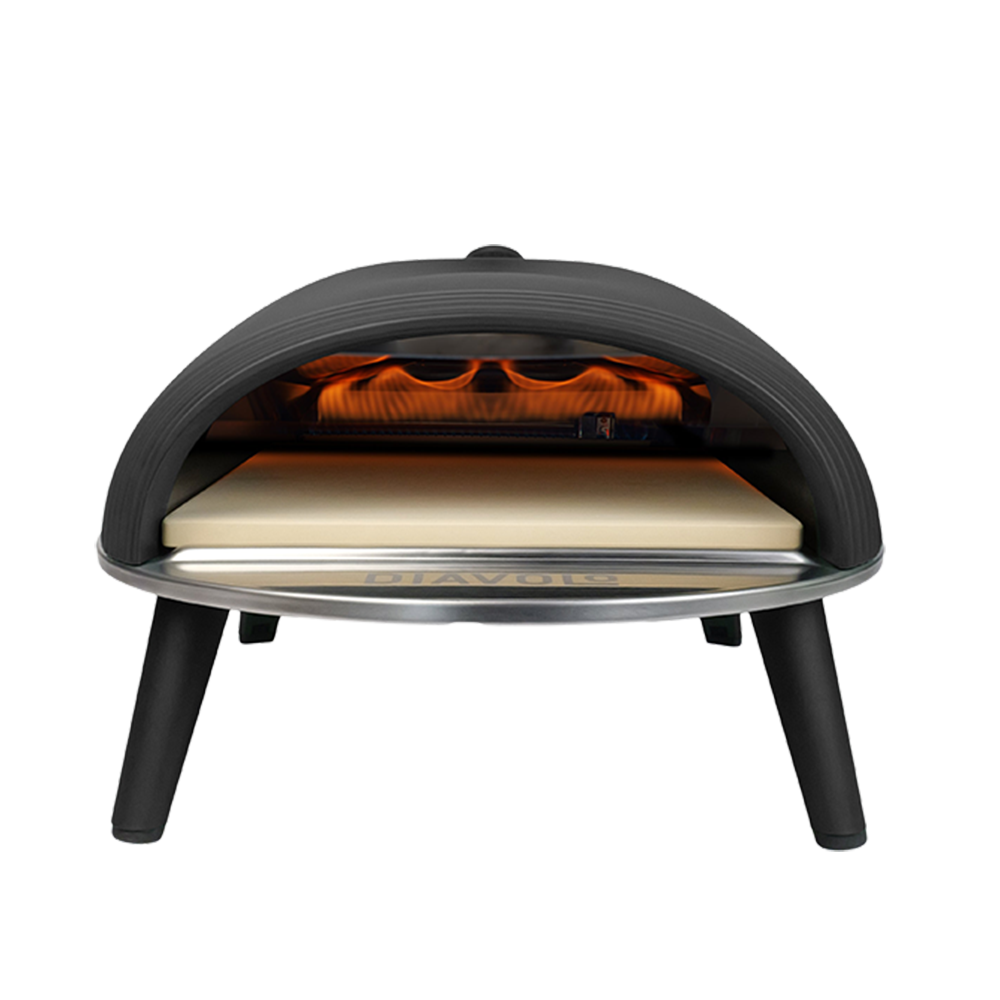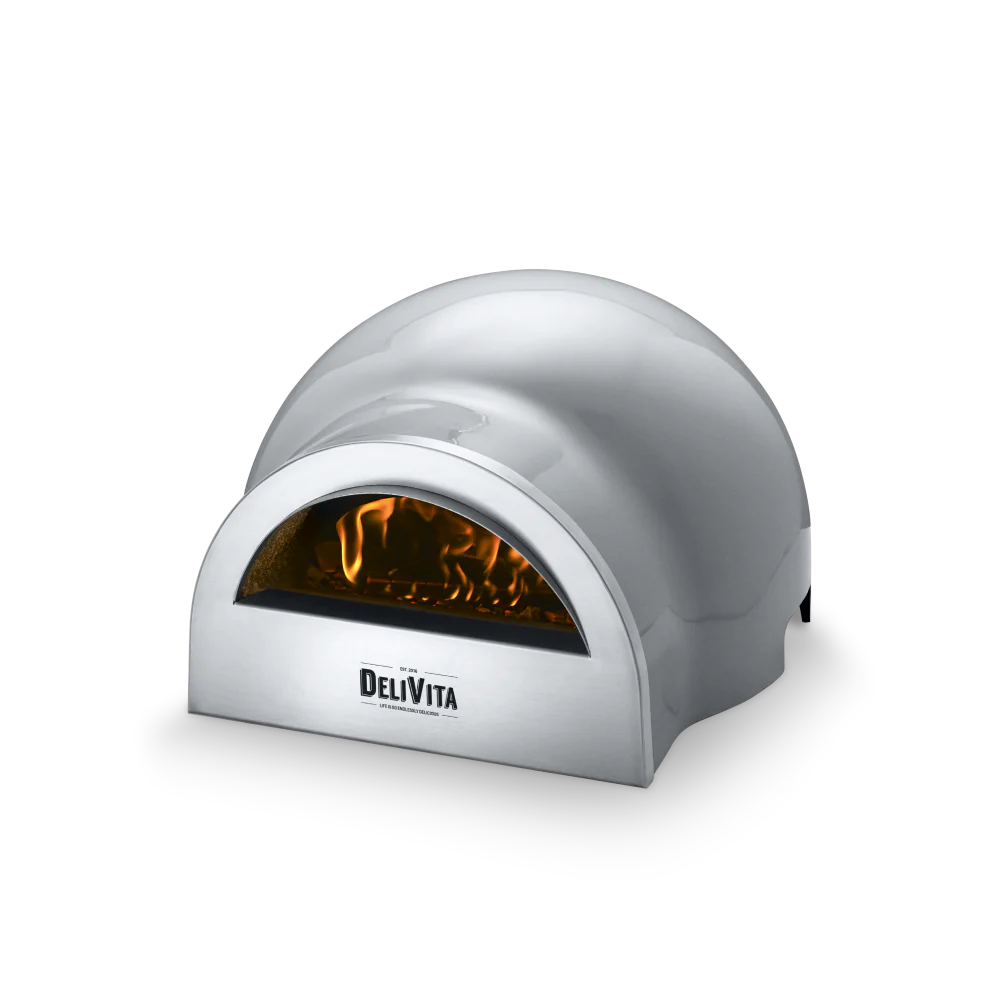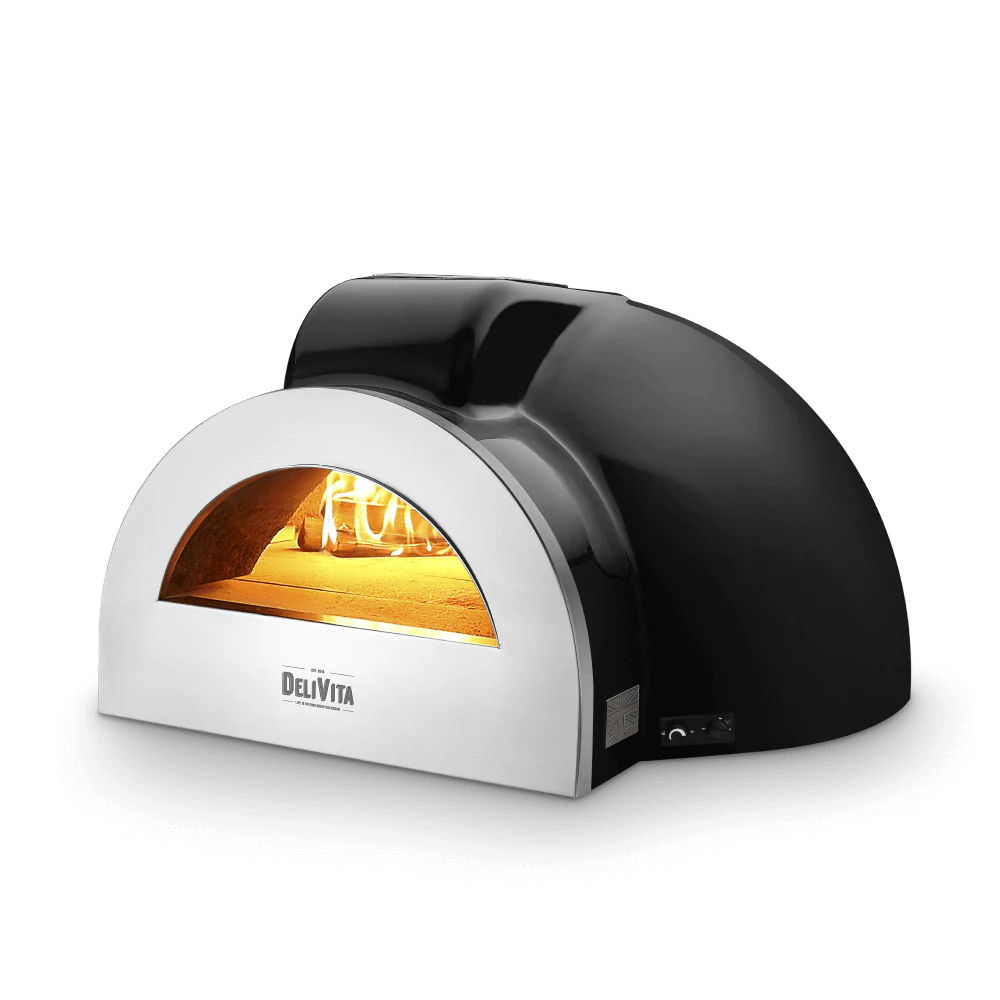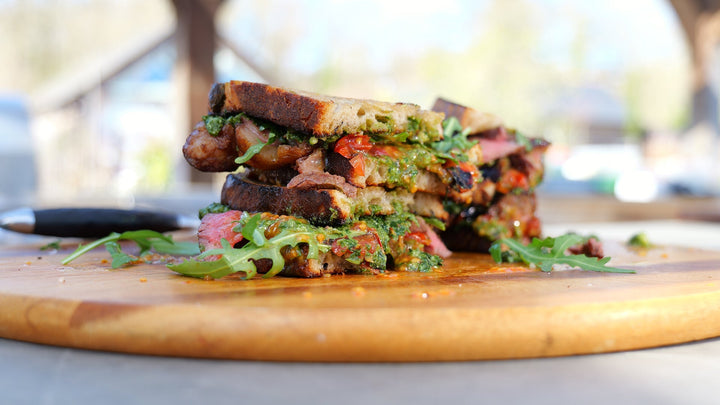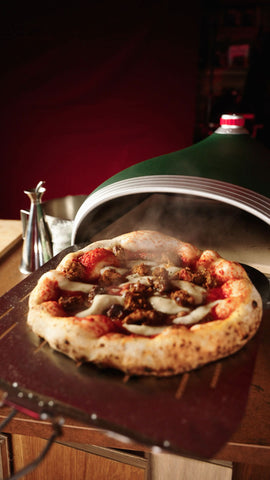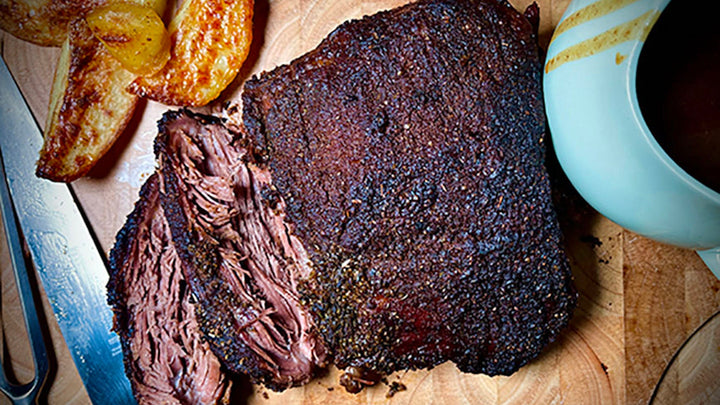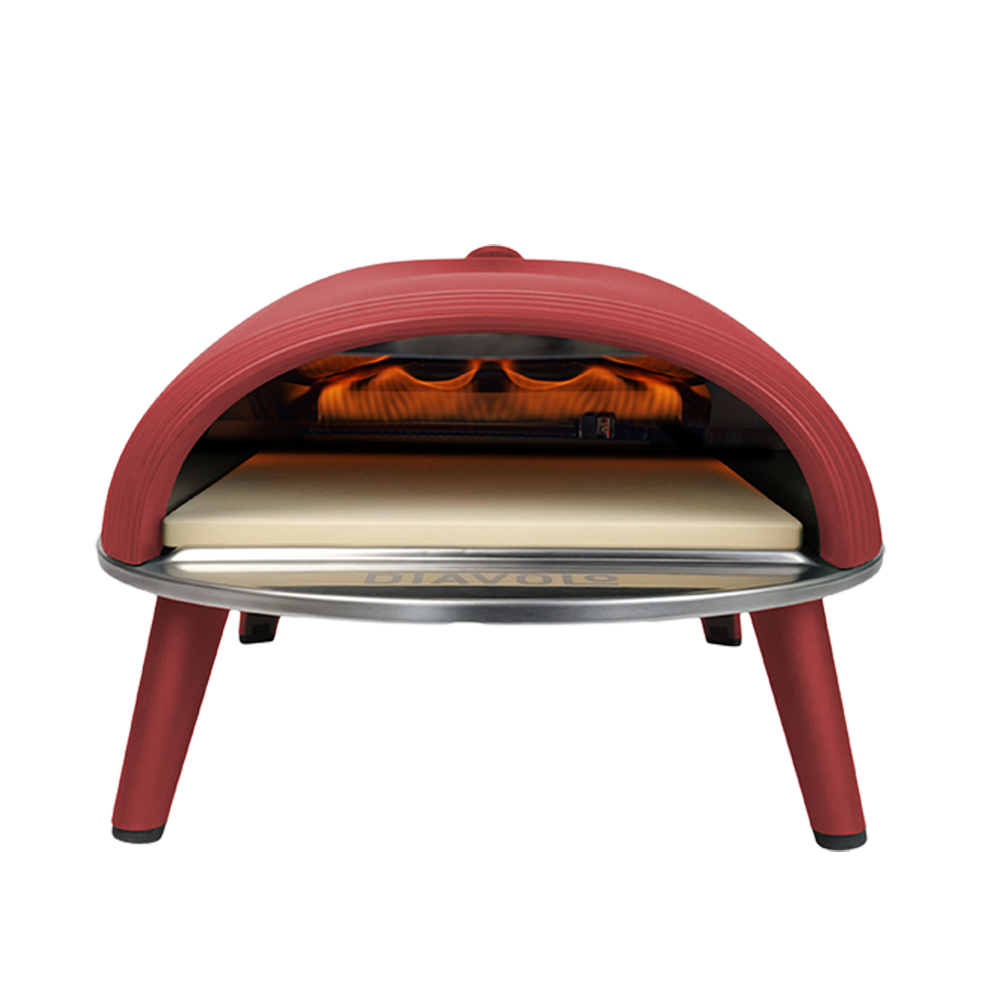Choosing Between Wood and Gas-fired Pizza Ovens
Pizza never goes out of style, and demand for home pizza ovens has grown exponentially over the past decade, spurred on by the lockdowns of 2020 and 2021.
Gone are the days of waiting for your delivery, arguing over toppings, or the disappointment of a supermarket pizza. These days, everyone and their Nonna knows that fresh, homemade pizza is hard to beat.
If you’re ready to get a slice of the action with your very own pizza oven at home, you’re probably wondering: “Should I get a wood or gas fired pizza oven?”
There are benefits and challenges to both, and this post will walk you through everything you need to consider when picking out a pizza oven style for your home.
Understanding Your Pizza Oven Options
Whether you choose a gas pizza oven or a wood-fired pizza oven, you’ll soon be able to start enjoying fresh, Italian-style pizza in your own backyard.
The obvious difference between wood-fired and gas-fired pizza ovens is the fuel they use. While wood-fired pizza is considered the ‘gold-standard,’ gas pizza ovens can be faster to heat and to clean, and better for the environment, than wood-fired.
Advantages of Wood-Fired Pizza Ovens
There’s something unique about the flavour you get from a wood fire. Whether that's a wood-fired pizza, a barbecue, or an open flame, the taste of woodsmoke evokes wilderness, and swapping stories over the fire late into the night.
Why choose a wood-fired pizza oven?
- Wood-fire gives you the authentic Italian woodsmoke flavour
- Wood-fired ovens are the pizza restaurant industry standard
- Your wood-fired oven can reach temperatures of 550°C in 25 minutes
- Maximise residual heat in your wood-fired oven to cook meat, fish, and vegetables and to bake bread.
Advantages of Gas-Fired Pizza Ovens
A gas pizza oven is quicker to heat up and the cleanup is minimal — so you can get your pizza on the table faster, without compromising on taste or quality.
Why choose a gas-fired pizza oven?
- Gas-fire offers precise temperature control for your pizza, as well as other dishes like meat, fish and vegetables
- Gas heats up to a temperature of 500°C + in just 15 minutes
- Eco gas is a more environmentally-friendly alternative to wood burning
- With gas, there is no ash and very little debris to clean up after each use
Factors to Consider When Choosing a pizza oven
There are a few key factors to consider when deciding between wood and gas-fired pizza ovens. Here’s a handy comparison of the main considerations, so you can make an informed decision.
Cost
For a professional-grade oven, wood-fired pizza ovens typically cost a little less than gas fired pizza ovens.
You can, however, spend a lot less on a lightweight gas-fired pizza oven intended for travel, like the Diavolo, though this doesn’t have the same power as professional-grade ovens like the DeliVita wood-fired oven, or the DeliVita eco-gas oven.
Wood is also typically a slightly cheaper fuel source than gas, so a wood-fired pizza oven would cost less to run.
Convenience
This is where a gas-fired oven really comes into its own. Burning wood produces ash and other debris, which needs clearing up after each use, whereas gas leaves nothing except a few pizza crumbs. Wood-fired ovens also take longer to prepare and get up to temperature than gas-fired ovens.
Flavour
The upside of all that cleaning up? There’s nothing quite like the smoked flavour you get with a wood-fired pizza oven. Gas-fired pizza is still delicious, but it doesn’t have that traditional woodsmoke taste.
Cooking time
While gas-fired ovens are faster to get up to temperature, once they’ve warmed up, both oven styles can cook a pizza in 60 seconds flat.
Making Your Decision
So, should you get a wood or gas fired pizza oven?
That all depends on your priorities.
If you’re looking for speed, convenience and control, a gas-fired oven is the way to go. But for authentic Napoli flavour, a wood-fired pizza oven wins hands-down.
